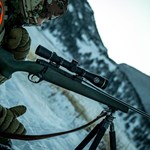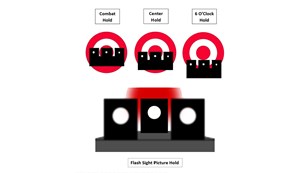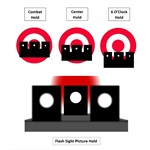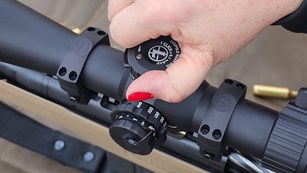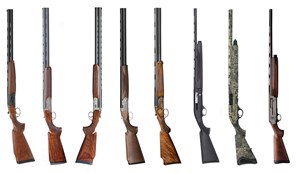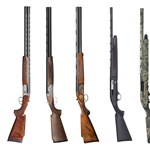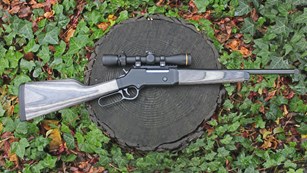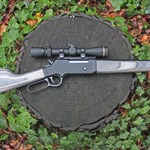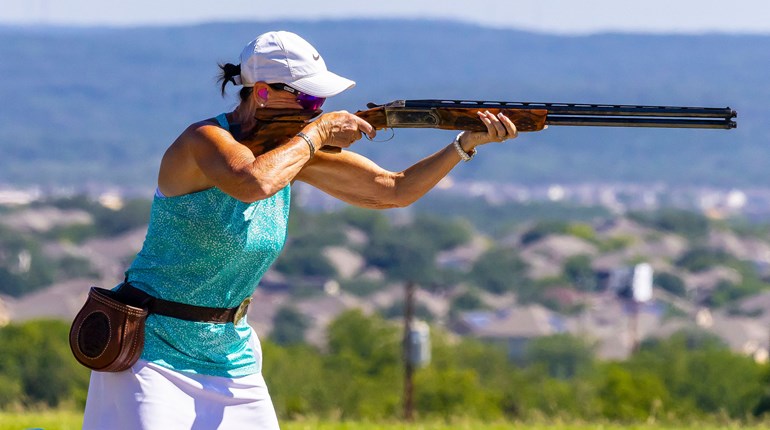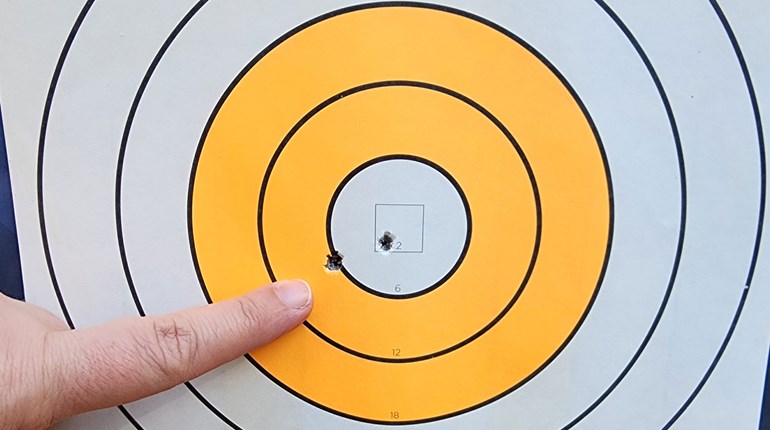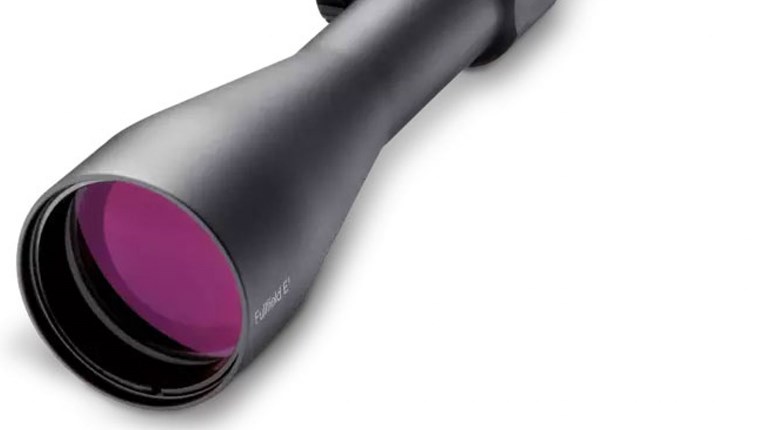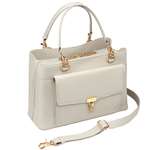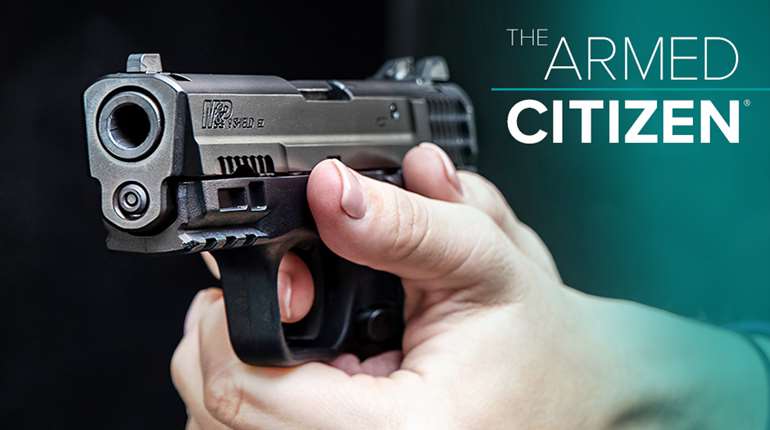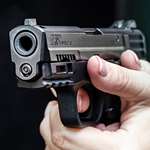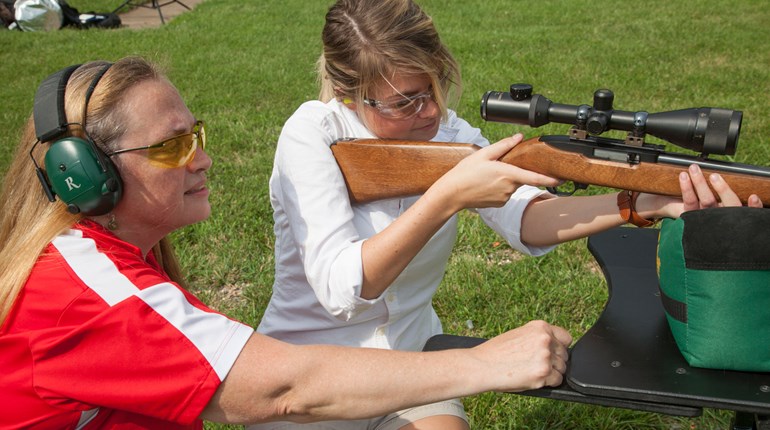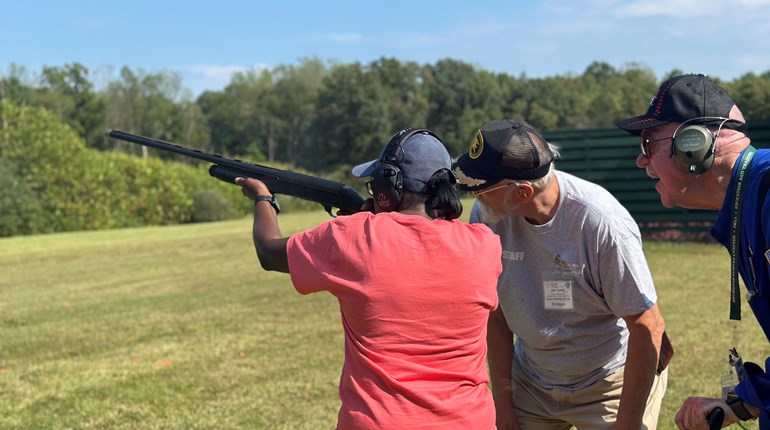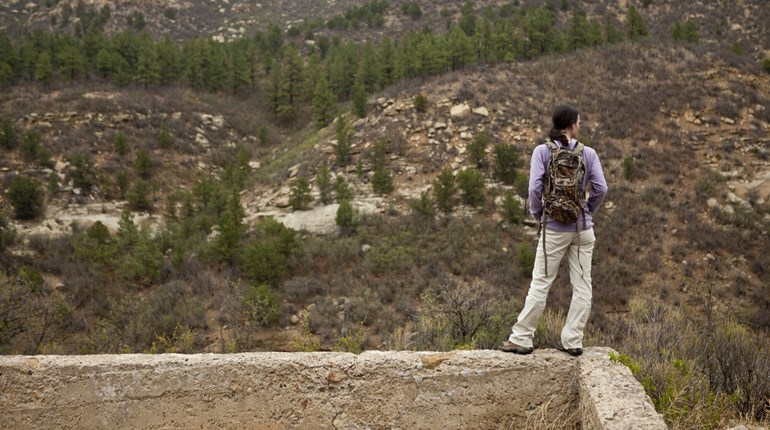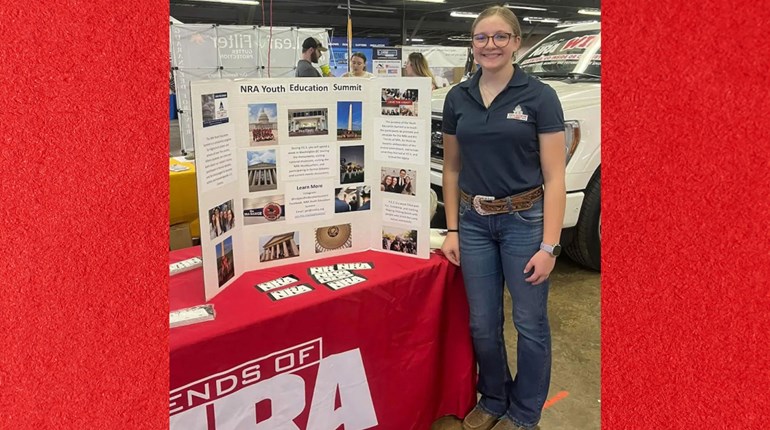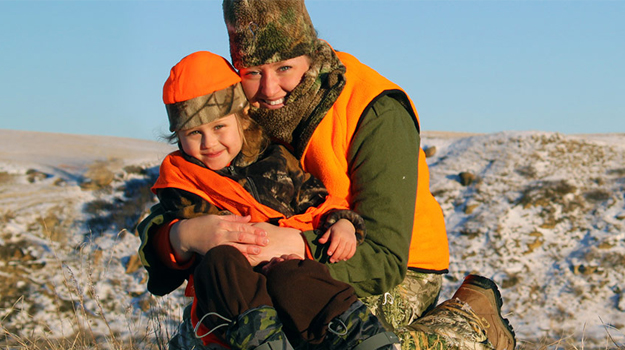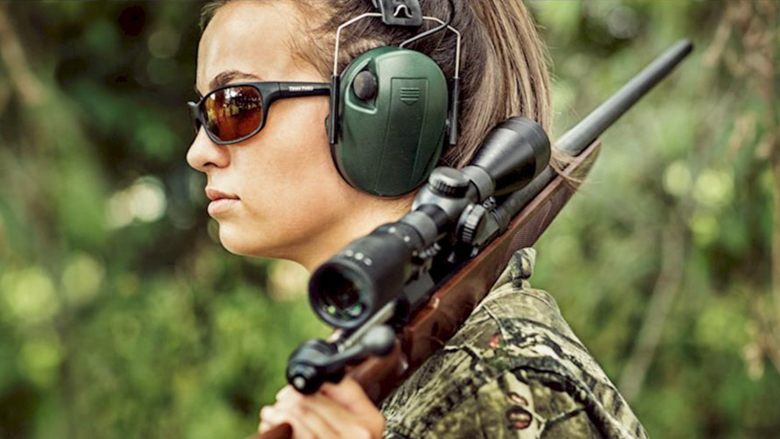
Flinching is actually a pretty common and perfectly understandable reaction to a firing a gun: We hear a big boom and feel a push in our shoulder or hands when we pull a trigger, so the next time we start to pull a trigger, our bodies start to subconsciously shy away from what they know is coming next. We close our eyes, jerk our finger sooner or more dramatically than we planned to, or pull our face away from the gun. We flinch.
Flinching is about anticipating what’s coming next. Unfortunately, it’s terrible for accuracy—moving your hands or face prior to firing the shot translates into moving the gun itself, and that sends bullets off course. If you want to be a good rifle or pistol shooter (shotguns are a bit of a different animal), you need to cure your flinch. Fortunately, there are a few ways you can work on this.
Dry-Fire Technique: A Dime on the Barrel
You can work on your flinch at home with an unloaded gun by doing lots of dry-fire practice. Just dry firing by itself will help, but you can kick it up a notch by balancing a dime or other coin on the end of your barrel. The goal is to be able to pull the trigger so smoothly that the coin remains on the barrel. If it falls off, you imparted too much movement into the gun with your trigger squeeze. Try again, and then do it until you can keep the coin on for 10, 20, 30 trigger pulls in a row.

This works with rifles offhand or in a semi-stable rest, like shooting sticks. If you have a rock-solid rest, like sandbags or a bipod, the rest might hold the gun steady enough to balance the coin even if you flinch a bit. It also works well with handguns, although it can be tricky to place the coin on the barrel and then acquire a two-handed firing grip without knocking the coin off before you even get to pull the trigger. Having someone else place the coin for you can help with this. Why not get the kids to help?
Live-Fire Technique: Shoot Lots of Rimfire or Airsoft
Because rimfire guns generally recoil less and aren’t quite as loud as center-fire guns, shooting lots of rimfire in practice can help you get used to pulling triggers without having to be nervous about what comes next. Plus, it’s cheaper. A .22 LR is ideal for this.

A few companies are making airgun versions of regular guns that exactly mimic the size, shape and feel of the original, with the main difference being that they shoot BBs or pellets without gunpowder. SIG Air Proforce guns are a good example of this. If your regular carry gun is, say, a SIG P365, you can buy an airsoft P365 for $130 and shoot it in your garage or your basement (assuming you have a safe, airsoft-appropriate backstop) to mimic shooting the real thing, but without the recoil and noise.
Gun-Range Technique: Random Dummy Rounds
You’ll need a friend for this one, too, and it’s an exercise you’ll do at the gun range. Have someone else load your gun for you with live rounds, slipping in a few dummy rounds in random spots to surprise you. Then they’ll hand you the gun and you’ll shoot.

You’ll likely fire a few rounds before you come to a dummy—and you’ll know immediately if your flinch is still a problem. A flinch is easy to miss or to ignore when you’re live-firing, but when you squeeze the trigger and nothing happens, it’ll be very obvious if you dipped your gun or pulled your face away from the stock.
Not knowing what’s going to happen with each trigger pull forces you to put extra effort into each one. You’ll get the satisfaction of that perfect “click” when nothing happens, and you’ll deny your buddy the opportunity to razz you for flinching.
Mental Technique: Suck It Up
OK, this one is a little old-school and maybe controversial, but it’s worked for me. I’ve done all the previous techniques and don’t really worry about flinching anymore, but sometimes when I’m shooting something large, especially a 12-gauge TSS turkey load at the patterning board, my mind starts to mess with me. I begin anticipating and thinking things like, “This is really going to hurt. I know it’s not going to be fun. Do I want to shoot this? Ugh, the last time I shot something like this my shoulder bruised!”
This was entirely mental for me, but I had to just flip the script in my own head. I have learned to just accept that yeah, this is going to suck, but I can do hard and painful things. Discomfort isn’t a reason not to do something correctly. So instead of thinking “Oh, man, this is going to hurt, isn’t it?” I tell myself that yes, this IS going to hurt, so I might as well execute the shot properly and just let the pain come. It’s gone in an instant, anyway.
It might seem like a distinction without a difference, but worrying about the recoil and hoping to avoid it vs. accepting the recoil and letting it happen has been a big mental shift for me.

